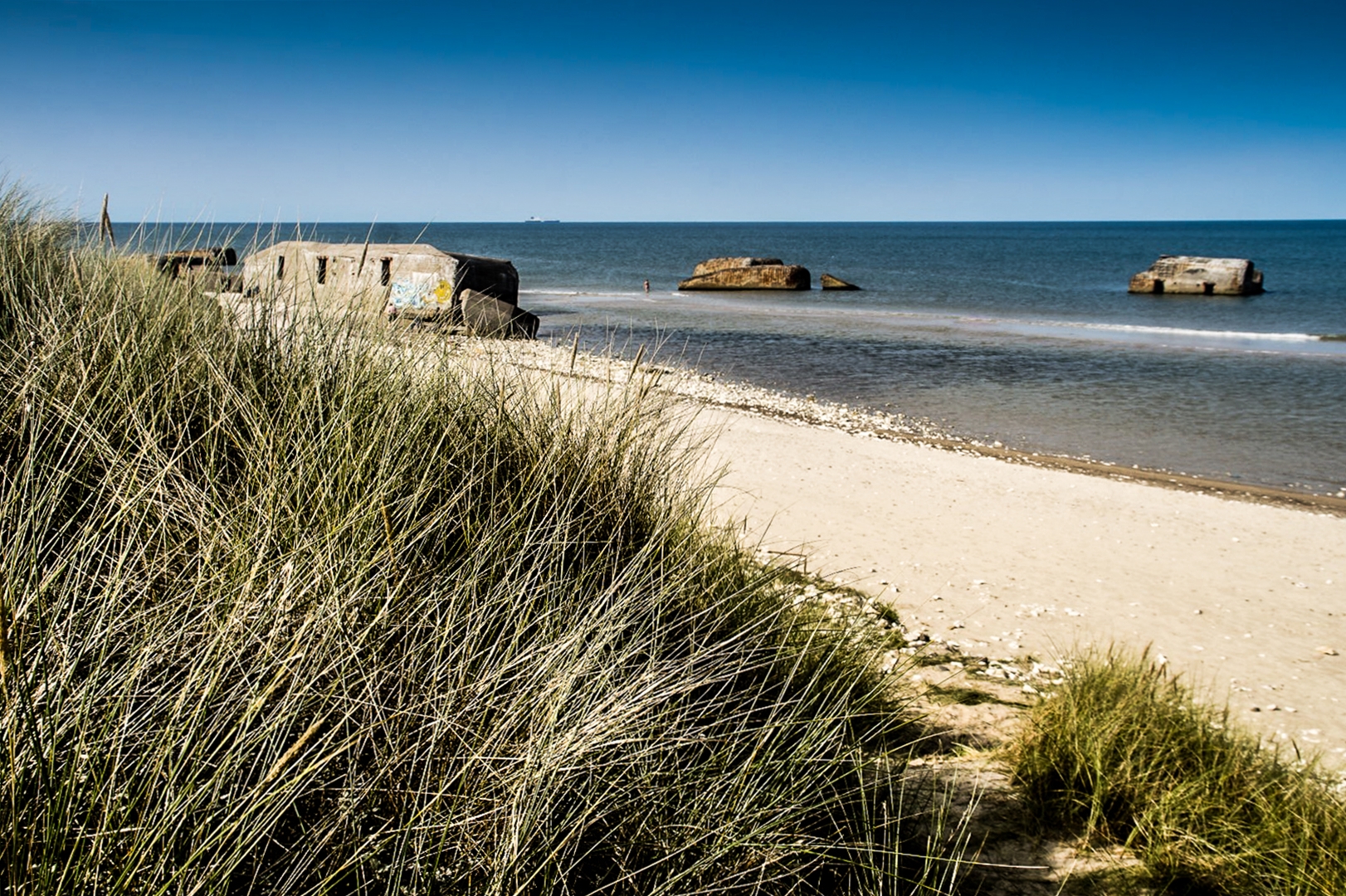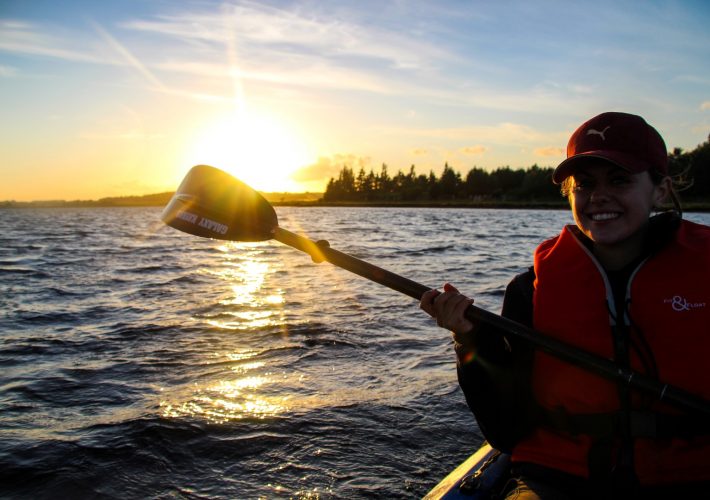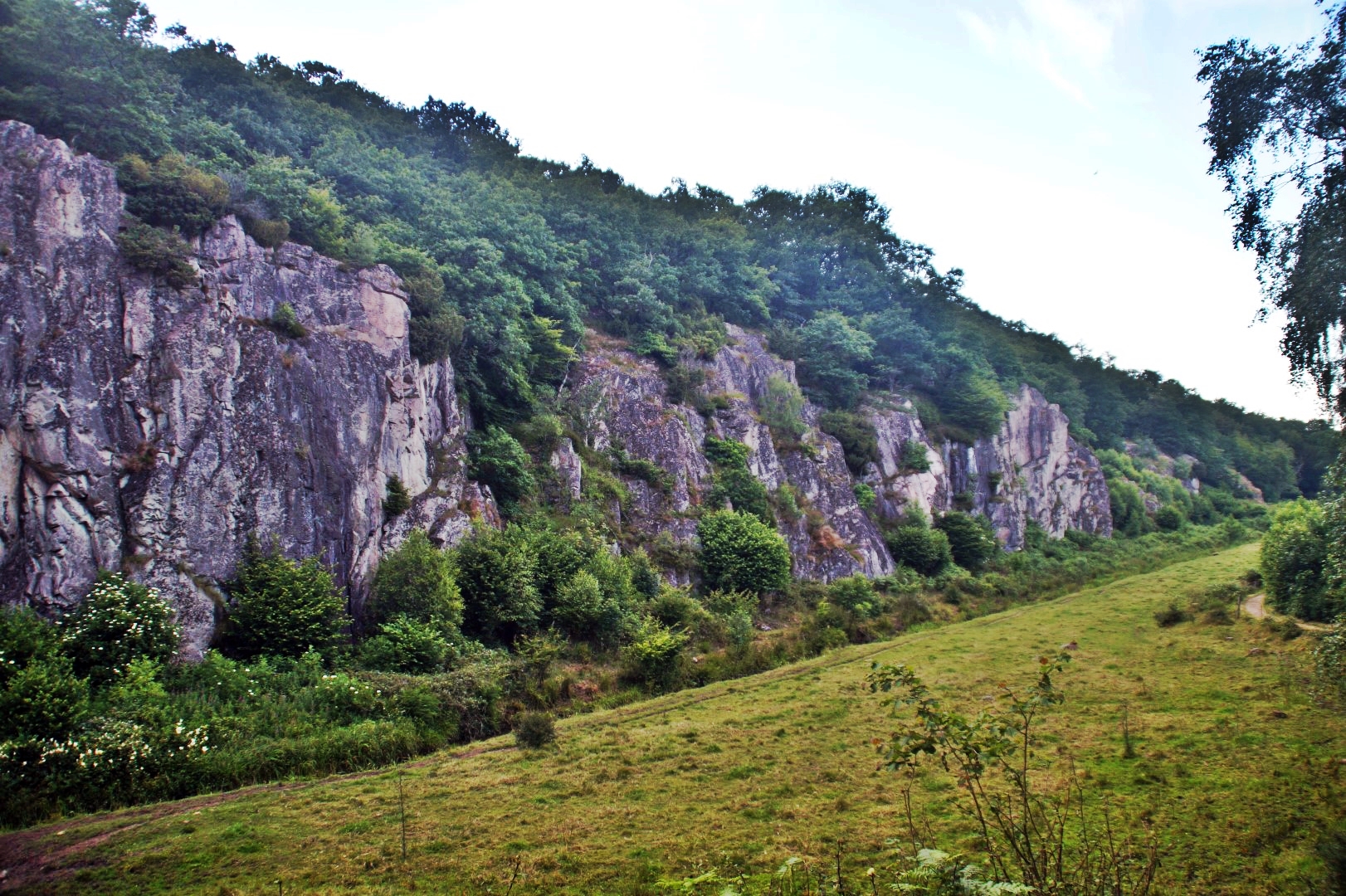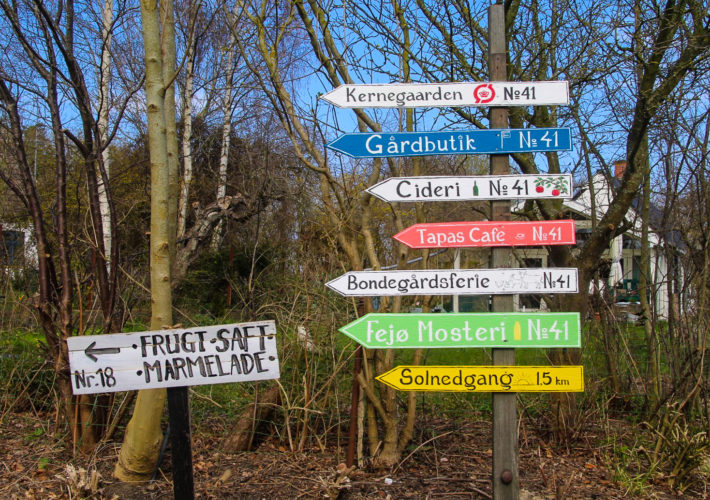The days before moving to Greenland were dedicated to my parents, to spending quality time with them in the magnificent landscapes of Thy. For two days, we drove around Thy National Park, the oldest national park in Denmark, exploring new places and discovering remnants of history that I never in my wildest dreams imagined to see. Once again, Denmark has proved what a surprisingly great country it can be to travel in.
All over the West Coast of Denmark, one can find abandoned bunkers from the Second World War. They represent the remains of the Danish part of Atlantvolden, a coastal defense post which consisted of 8000 concrete constructions, including about 2000 bunkers. Atlantvolden, which was built by Nazi Germany to deter the Allies from entering Continental Europe, extended from Nordkapp in Northern Norway to the Pyrenees at the border to Spain.
Some of the bunkers were later removed or covered up by vegetation or sand, but most of them are still standing, abandoned, free to be explored and free to be used as a canvas for creative souls.
At Agger Beach in Thy National Park, one of those bunkers can be found. Nestled by the foot of a high beach cliff and with a backdrop of the wild Atlantic Ocean, the bunker looked like the perfect place to hide. Away from everyone else, hidden from the world at war. The bunker is open for visitors by climbing through a narrow slit, but the smell of modern pee made me think twice about climbing in there.





I always imagined bunkers to stand in solitude far away from other structures like the one in Agger Beach, so I was taken by surprise when entering the beach in Vigsø. My dad had been there as a child and remembered there being many bunkers at the beach, and boy was he right!
In 1941-42, a large coastal artillery was built on the beach in Vigsø as part of Atlantvolden, equipped with old French 10,5 cm cannons. This coastal artillery is the only one of 11 in Denmark that has been preserved, almost exactly as it was left after the Second World War. But while some of them are still visible on the beach, a few of them have been flooded by the ever-rising Atlantic Ocean, creating an interesting place to go for a swim!







Remains of the Second World War can be found in many places around the world, but only few are as well preserved and open for visitors as the bunkers on the West Coast of Jutland. They are truly worth preserving for future generations, so they can learn about the war and hopefully ensure that it never happens again.
You may also like
Leave a Comment Cancel reply
Pingback: My December 2018: Spending the holidays in Nuuk – Northtrotter on 08/12/2018
Pingback: Venture beyond Copenhagen: 20 beautiful places to explore in rural Denmark – Northtrotter on 08/12/2018



2 COMMENTS